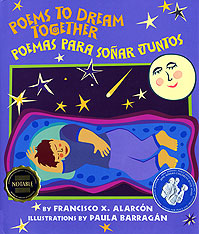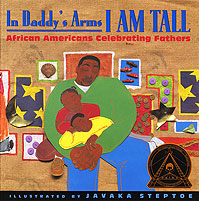 Jaclyn DeForge, our Resident Literacy Expert, began her career teaching first and second grade in the South Bronx, and went on to become a literacy coach and earn her Masters of Science in Teaching. In her column she offers teaching and literacy tips for educators.
Jaclyn DeForge, our Resident Literacy Expert, began her career teaching first and second grade in the South Bronx, and went on to become a literacy coach and earn her Masters of Science in Teaching. In her column she offers teaching and literacy tips for educators.
Over the past few weeks, I’ve been talking talked the importance of looking at the standards horizontally as well as vertically, and in today’s post, I’m going to do just that as I walk you through what effective close reading questioning can look like, unpacking one strand at a time using texts of varying complexities. On the docket for today:
Reading Standards for Literature K-3, Craft and Structure, Strand 4
In Kindergarten, the strand reads: Ask and answer questions about unknown words in a text.
Example text: Pencil Talk and Other School Poems by Anastasia Suen & illustrated by Susie Lee Jin
genre: poetry
Strand-specific questions:
- Look at the poem “Pencil Talk.” Which words were tricky for you to sound out? Did you come across any words where you weren’t sure what they meant?***What does the word scratch mean? Bonus: What does the poet mean when she writes “Pencils can talk…but we can’t!“
- Look at the poem “Sink or Float?”. What does the word “sink” mean? What does the word “float” mean? What clues does the illustrator give us?
***One thing that’s important to point out to Kindergarteners, especially struggling readers, is that even adults have the experience of coming across words that they either need to work a bit harder to pronounce, or need to read around to try to infer the meaning. My students LOVED when I showed them examples of when this happened to me in my adult reading, and were in turn more confident sharing when they were confused, as well as sharing the word-solving strategies they used to fix their problem.
In First Grade, the strand reads: Identify words and phrases in stories or poems that suggest feelings or appeal to the senses.
Example text: Poems to Dream Together/Poemas para soñar juntos by Francisco X. Alarcón & illustrated by Paula S. Barragán
genre: poetry
Strand-specific questions:
- Turn to the poem “One Happy Onion.” Talk about onions. What do you picture when you picture an onion? How is the poet using what we know about onions to help us understand his poem? Use examples from the poem to explain your thinking.
- Turn to the poem “My Grandma is Like a Flowering Cactus.” What are some of the words and phrases the poet used that helped you picture the poem with your five senses? What are some of the words and phrases the poet used that showed you how Grandma was feeling? About how the poet felt about prickly pears? Use examples from the poem to explain your thinking.
In Second Grade, the strand reads: Describe how words and phrases (e.g., regular beats, alliteration, rhymes, repeated lines) supply rhythm and meaning in a story, poem, or song.
Example text: When the Horses Ride By: Children in the Times of War by Eloise Greenfield, illustrations by Jan Spivey Gilchrist
genre: poetry
Strand-specific questions:
- Turn to the poem “I Imagine.” Where does the poet use rhyming words in the poem? How do the rhyming words affect how you read the poem out loud? What are some examples of alliteration? Why do poets use alliteration? What phrase does the poet repeat? Why does she repeat this phrase?
In Third Grade, the strand reads: Determine the meaning of words and phrases as they are used in a text, distinguishing literal from nonliteral language.
Example text: In Daddy’s Arms I Am Tall: African Americans Celebrating Fathers by a collection of various poets, illustrated by Javaka Steptoe
genre: poetry
Strand-specific questions:
- Turn to the poem “The Farmer.” Is the phrase “His backbone is forged/of African iron/and red Georgia clay” an example of literal or descriptive language? Why? What is the purpose of this image in the poem?
- Turn to the poem “Seeds.” What did the poet mean when he said “I listened and ate these words you said/to grow up strong“? Is this an example of literal language or of nonliteral language? What does the last sentence in the poem mean? What is the author talking about? How do you know?
Further Reading:
- Unpacking the Common Core Standards, Part 1: Thinking Horizontally
- Unpacking the Common Core Standards, Part 2: Thinking Horizontally
- What is close reading?
- What does close reading look like in Kindergarten?
- What does close reading look like in First Grade?
- What does close reading look like in Second Grade?
- What does close reading look like in Third Grade?












